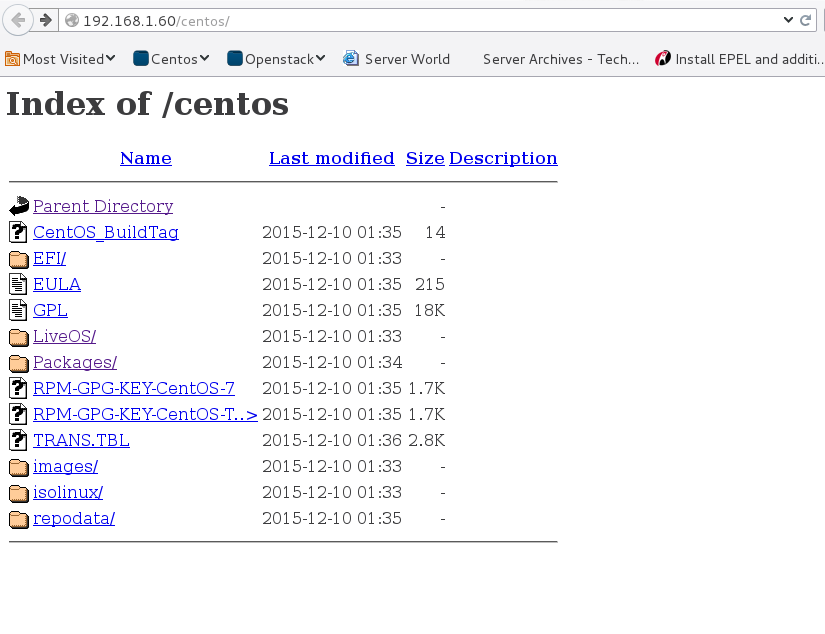Need to create a gpgkey for a local repository Need to enable repogpgcheck=1 for a local repository How to create a repo gpgkey for a local repository - Red Hat Customer Portal Red Hat Customer Portal. Jun 10, 2019 YUM is the package management tool that helps you to install or update the package through the network or local and at the same time, it provides an easy method to install a package with its dependent packages. READ: Linux Basics: 30 YUM Command Examples for Linux Package Management Repository sources can be created either using the createrepo package or mounting the. Need to create a gpgkey for a local repository Need to enable repogpgcheck=1 for a local repository How to create a repo gpgkey for a local repository - Red Hat Customer Portal Red Hat Customer Portal. Apr 13, 2018 Internet is full of resources on how to create an APT local repository and how to expose it via HTTP. Unfortunately, APT changed quite a lot since.
- Gpg Generate Key
- Generate Gpg Key For Local Redhat Repo Version
- Generate Gpg Key For Local Redhat Repo 8
In most scenarios, when you build out a new system, you want to keep the installation footprint as small as possible. As a result, not all repositories and packages are typically installed at that time. Fortunately, repositories can be enabled and disabled through yum at any time, and there are many different sources you can choose from.
In this example, we'll look specifically at Fedora, but the process is similar across other distributions utilizing yum.
More Linux resources
It is always recommended you use a known repository, such as Extra Packages for Enterprise Linux (EPEL), which is hosted at fedoraproject.org. Or, you might need a specific version of MySQL, which is hosted at mysql.com. There are also circumstances where you might need to add a lesser-known repository, such as remirepo.net for versions of PHP, or even host your own repository.
Once you determine which repository you need, there are several different ways to install and enable it.
Install a repository .rpm
The first is to install an .rpm with the repository information. The following command installs the EPEL repository for CentOS 8:
Set up only a section of a repository
In the case of needing a specific repository, as in the case of PHP 7.2, you first need to install the repo and then disable and enable repositories using yum-config-manager as follows:
Manually set up a repository
The last method of configuring a yum repository manually, where we create a .repo file within /etc/yum.repo.d using a text editor. In this example, we will create the repository file for MySQL 5.7:
Now, let’s discuss the lines we configured. The first three lines contain the minimum information you need when creating a .repo file. The first line is the unique identifier for the section and is enclosed in []:
Gpg Generate Key
Note: You can have more than section (repository) in a .repo file.
The second line in our file is the name we choose to describe the repository:
Command and conquer generals 2 cd key generator download. Command and Conquer Generals Serial19-1611-4211-4412-2313-3513-6413-6514-5216-9416-9317-8218-8018-8419-2119-2319-28Command & Conquer Generals: Zero Hour Serial44TT-884L-2JW9-N5HZ-FDMAULPF-ZEVK-FRWG-Q4YJ-6F2TPFBB-SPAP-TYZ2-H6UE-CMTPPNJA-TDA6-TW3G-N48D-5DHQ35h9-5s9j-sp7j-4w2b-mks8EF2A-RP4v-RHYW-5VV6-YLMFPWTT-SYTN-KAXX-33TF-AM38EHGY-FZHT-G9XB-GYRE-GED2.
The third line is the location (baseurl) of the repository. In this case, we are using HTTP to access it:
As we mentioned, the first three lines are mandatory to configure a repository. We have also configured three more options. In the first additional option, we configured the toggle enabled, where 0 is disabled and 1 is enabled:
In the last two lines, we configured our information related to GPG. The first of these lines is the toggle to check for GPG and the second is the location of the key you are checking against:
To see a complete list of repository options, see the man page as follows:
Now that you have your new repository configured using one of these methods, you should verify that it is configured properly using the yum-config-manager command from earlier to enable and disable PHP sections:

This command returns the complete information for the repository:
With your repository installed, you are ready to use yum to install the packages located there!

Generate Gpg Key For Local Redhat Repo Version
[ Want to try out Red Hat Enterprise Linux? Download it now for free. ]